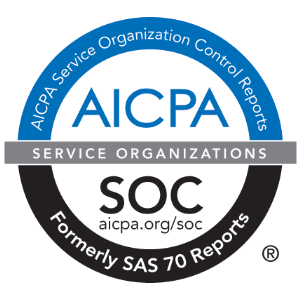Construction Collaboration is Only as Good as Its Results – Learn How to Make Sure You’re Collaborating in Ways That Make Sense
While cooperation is a popular buzzword in the construction industry–and indeed, everywhere–its actual meaning has been degraded. Look no farther than the slew of motivational posters strewn across offices across the country. Despite its widespread misuse, this phrase has a lot of significance for those who are prepared to dig for it.
So, how does a genuine, high-quality collaborative building project look? What initiatives can you take at your company to enhance it? Let’s have a look below. Remember that JDIO exists to help make collaboration a breeze. Call Just Do It Once at 888-585-9850 now if you would like to learn more.
What is collaborative construction of high quality?
“Collaboration in construction” has the potential to become a buzzword for anything involving two or more people. While an email exchange, a phone chat, or even a forty-person board meeting all necessitate communication, they aren’t always indicative of high-quality cooperation.
What does successful construction collaboration look like?
How does effective building collaboration look? Overall, good collaboration is defined by simplified processes in which everyone understands their function, knows where to go for information (i.e., knows how to communicate effectively), and feels confident finishing their responsibilities while others finish theirs.
Collaborative construction, in more detail, accomplishes the following:
It promotes trust
Collaboration is built on the foundation of trust. Individuals and departments tend to emphasize their own duties and ambitions in the lack of it, frequently to the detriment of others. As we previously stated, one of the most typical causes of cost overrun is a trust gap.
Collaboration will not grow if team members do not trust one another. As a result, all procedures and communications should be established on a common trust basis. The only way to accomplish true collaborative creation is to do so.
It’s simple
Collaboration should not be a barrier or something apart from usual work responsibilities; if it’s difficult, it won’t happen. Collaboration, on the other hand, is simple. It naturally allows team members to work at the same time. A wise use of tools and processes, as outlined below, is frequently the consequence of seamless collaborative building.
It’s all-inclusive
In order to be really collaborative, it must be inclusive. Today, much of research and thought leadership suggests that inclusion is far and away a superior development strategy than exclusivity, which frequently leads to stagnation. This usually refers to differences in background, race, age, and experience. When it comes to information access, however, diversity is equally critical. No one benefits when information is carefully restricted.
As a result, everyone must participate in building collaboration. Everyone in the project team may collaborate on all topics related to their job functions in collaborative workspaces. Even if specialized contractors or other stakeholders must be brought in, strong collaboration tools will make this possible without erecting new hurdles.
The good news is that it does not have to be difficult. All you have to do is let Just Do It Once step in and get it done for you.



